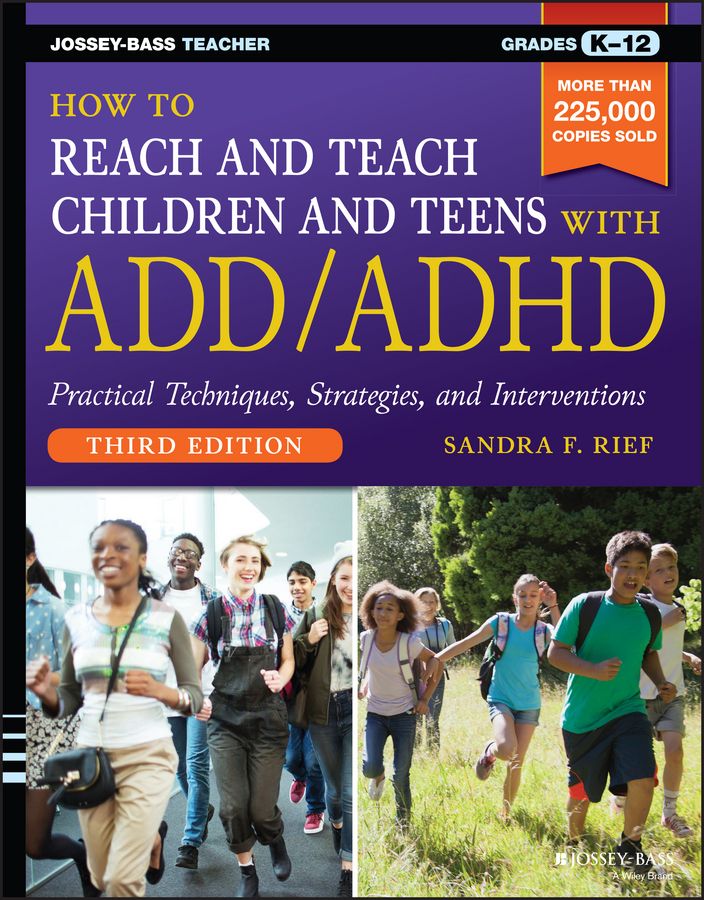<b>The most up-to-date and comprehensive vital resource for educators seeking ADD/ADHD-supportive methods</b> <p><i>How to Reach and Teach Children and Teens with ADD/ADHD, Third Edition</i> is an essential guide for school personnel. Approximately 10 percent of school-aged children have ADD/ADHD—that is at least two students in every classroom. Without support and appropriate intervention, many of these students will suffer academically and socially, leaving them at risk for a variety of negative outcomes. This book serves as a comprehensive guide to understand and manage ADHD: utilizing educational methods, techniques, and accommodations to help children and teens sidestep their weaknesses and showcase their numerous strengths. This new 2016 edition has been completely updated with the latest information about ADHD, research-validated treatments, educational laws, executive function, and subject-specific strategies. It also includes powerful case studies, intervention plans, valuable resources, and a variety of management tools to improve the academic and behavioral performance of students from kindergarten through high-school. From learning and behavioral techniques to whole group and individualized interventions, this indispensable guide is a must-have resource for every classroom—providing expert tips and strategies on reaching kids with ADHD, getting through, and bringing out their best. <ul> <li>Prevent behavioral problems in the classroom and other school settings</li> <li>Increase students’ on-task behavior, work production, and academic performance</li> <li>Effectively manage challenging behaviors related to ADHD</li> <li>Improve executive function-related skills (organization, memory, time management)</li> <li>Apply specific research-based supports and interventions to enable school success</li> <li>Communicate and collaborate effectively with parents, physicians, and agencies</li> </ul>
How to Reach and Teach Children and Teens with ADD/ADHD
₹2,471.00
This book is currently not in stock. You are pre-ordering this book.




